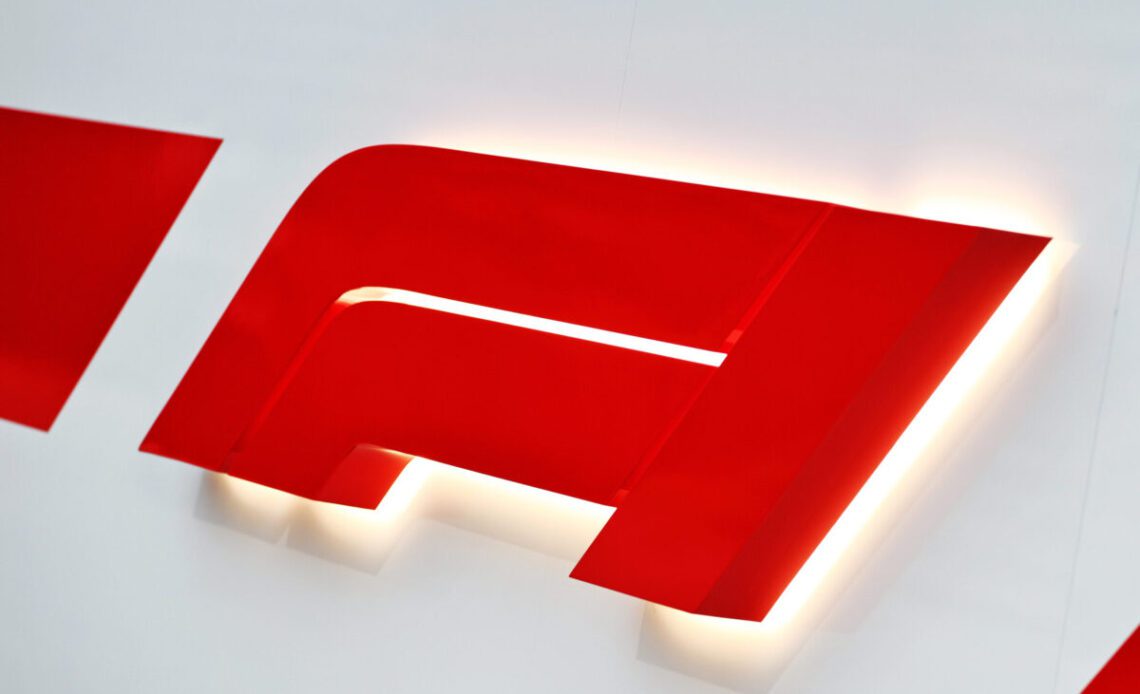As the 2023 F1 season gets underway, Racecar Engineering presents its performance insights in this, the second year of F1’s new era. So far in 2023, the ten teams have introduced a whirlwind of new designs derived from a whole host of learnings taken from the first season of these new regulations in 2022. Looking at the cars throughout the field, the convergence of thought has somewhat arrived, with many of the cars sporting similar bodywork designs, particularly from the front of the driver’s cell rearwards.
The overarching favoured body shape is one featuring horizontal rectangular or oval side pod openings, heavily sculpted upper side pods with a down-washing upper surface to feed the upper floor, and a dual beam wing adorning the back of the car. Most of the cars were a variation of this, with the exception of Ferrari, Haas and Mercedes. Ferrari’s bodywork features a shallower sidepod sculpting with a wider, more curved outer surface for the air to follow the contour of the inside of the upper sidepod bodywork over a series of cooling louvres before converging inwards towards the back of the car. Mercedes is taking a different route with its vertical rectangular side pod entries on either side of the driver cell, tightly packaged in its so-called zero-pod design, which first arrived in 2022.
Luckily for many of the teams, it seems as though the word porpoising has almost wholly disappeared from Formula 1’s dictionary. The season’s early stages are expected to reveal many innovative car developments, tweaks and evolution. These are sometimes down to teams concealing the race-spec of the car before the first GP or making developments between the car’s launch and the test. The 2023 test saw a small amount of this, but only subtle aero tweaks were noted by Racecar Engineering from the start to the end of the three-day test in Bahrain. This is also to do with the fact that the F1 teams have moved into 2023 with a stable set of rules from the 2022 season.
Additionally, each team has its aerodynamic concept somewhat locked thanks to the limited development rules on CDF and wind tunnel testing and the cost cap. As such, even in only the second year of these regulations, incremental development and tweaking of aero surfaces to optimise the airflow in every way is the name of the game – aka, the diminishing returns function is somewhat underway. However, there can indeed be substantial performance gains in…
Click Here to Read the Full Original Article at Racecar Engineering…

